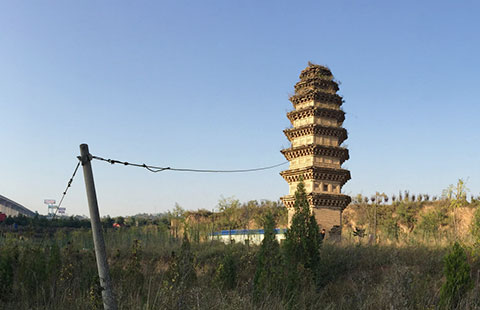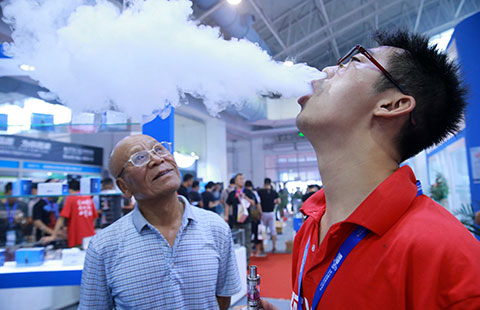Zombie companies' to be weeded out to reduce risks
By LAN LAN (chinadaily.com.cn) Updated: 2015-10-15 20:57China's policymakers and economists have rung alarm bells for companies on the brink of bankruptcy, known as "zombie companies", to sustain growth and reduce the risks facing the economy.
China will accelerate the shutdown of such companies and improve the core competitive strengths of its industries, said Liu He, vice-chairman of the National Development and Reform Commission and director of the Office of the Central Leading Group on Financial and Economic Affairs. Both agencies play pivotal roles in shepherding China's economic planning and reform agenda.
"China will give a big push to market-oriented reform and put more emphasis on supply-side adjustments," said Liu, who conducted a three-day field investigation of the economic situation in Guangdong province last week. He added that the country can overcome the structural and cyclical difficulties facing the economy.
Observers said Liu's remarks before an upcoming meeting of the Communist Party of China Central Committee have conveyed a message that the authorities will continue to step up reforms.
China's leaders will meet in Beijing from Oct 26 to 29 at the Fifth Plenary Session of the CPC Central Committee, at which they will discuss the 13th Five-Year Plan (2016-20).
Wu Jinglian, a prominent economist, said on Saturday in Shanghai that China should cease investment with low returns or no returns, cut its lifeline to zombie companies and reorganize insolvent companies, or let them go bankrupt to reduce systemic risks.
Mark Thomas, business strategy expert at PA Consulting and author of The Zombie Economy, defined a zombie company as one that is "generating just about enough cash to service its debt, so the bank is not obliged to pull the plug on the loan."
State-owned enterprises directly under the central government's administration saw combined profits decline by 21.2 percent year-on-year in the first six months of the year, compared with 7 percent GDP growth during the same period.
The decline rose to 22.1 percent in the first seven months and 24.7 percent in the first eight months, showing that some SOEs have become drags on economic growth. Industrial added value created by the SOEs accounts for around one-tenth of China's GDP.
Additionally, taxes paid by SOEs account for about one-third of China's fiscal income, according to official data, so a sharp decline in SOEs' profits has greatly affected the government's tax income.
Steel, coal and ferrous metal companies are major contributors to the decline amid fluctuations of commodity prices, shrinking exports and overcapacity.
Zhou Minliang, a senior researcher with the Institute of Industrial Economics of the Chinese Academy of Social Sciences, said shutting down companies that are unable to achieve profitability is necessary and natural.
The ongoing SOE reform and efforts to diversify the ownership of SOEs also provide a good opportunity for profit-oriented companies to reorganize.
However, local governments and SOEs are very cautious about downsizing or conducting layoffs due to stability or other concerns.
"Employees who left the traditional industry could find new opportunities in the rapidly growing service sector," said Zhou. "The government should also put necessary protective measures in place."
Niny Khor, an economist with the Asian Development Bank, said China's employment picture has seen dramatic changes. SOEs used to be major employers, but almost all newly added positions were created by the private sector last year, Khor said.
- Govt to spend $22b on bringing 98% rural areas online by 2020
- Taiwan flight-transfer talks continue
- China vows to increase support for refugees
- Scientists sink teeth into history of humans in Asia
- Official urges right path for mainland-Taiwan relations development
- Former vice police chief on trial for bribery
- Air force now able to launch long-range, precision strikes
- Cheating in civil servant exams means seven-year jail
- Uninsured clergy face retirement crisis
- Xi: Global reforms in urgent need







